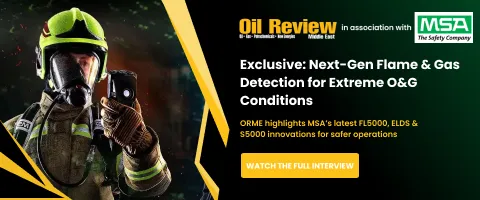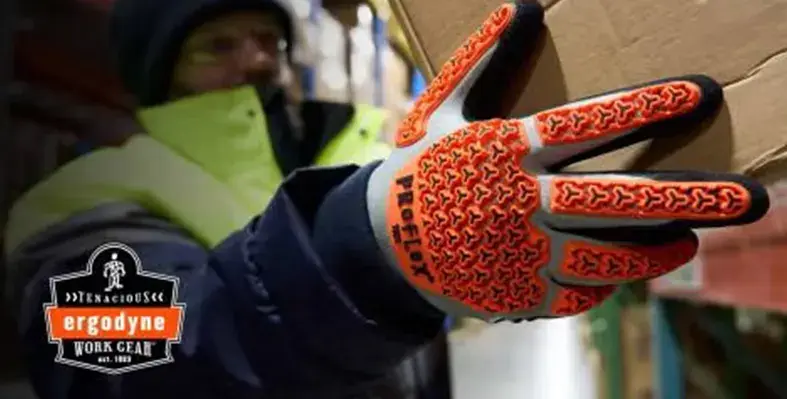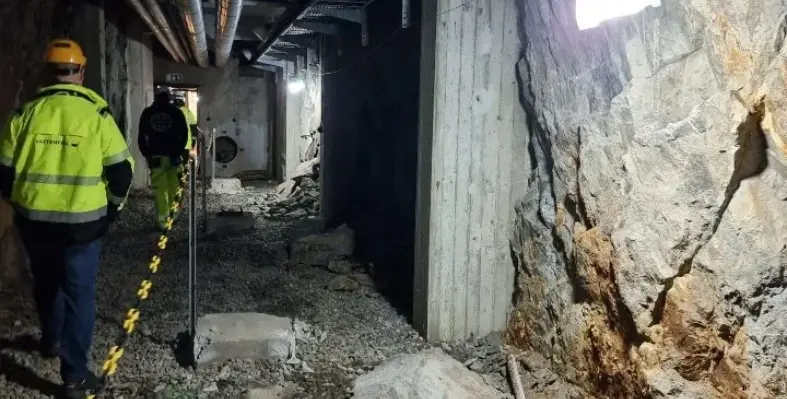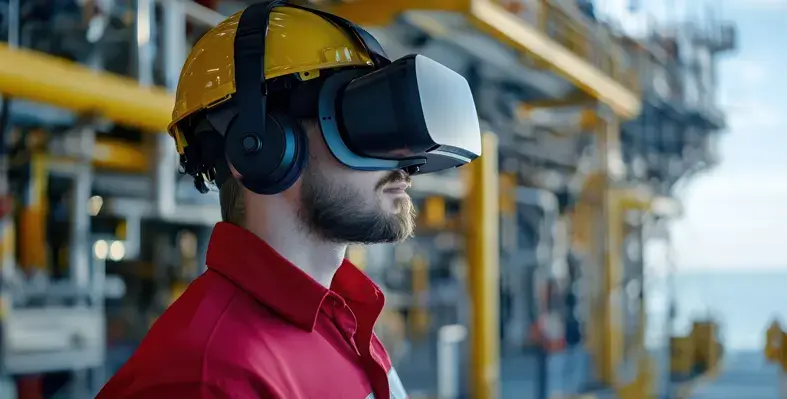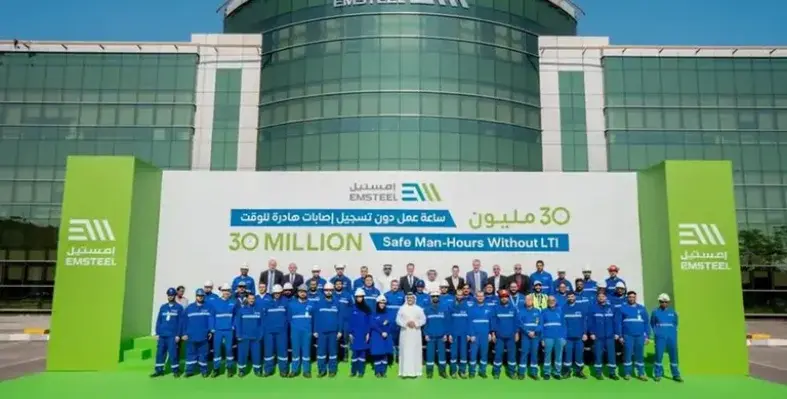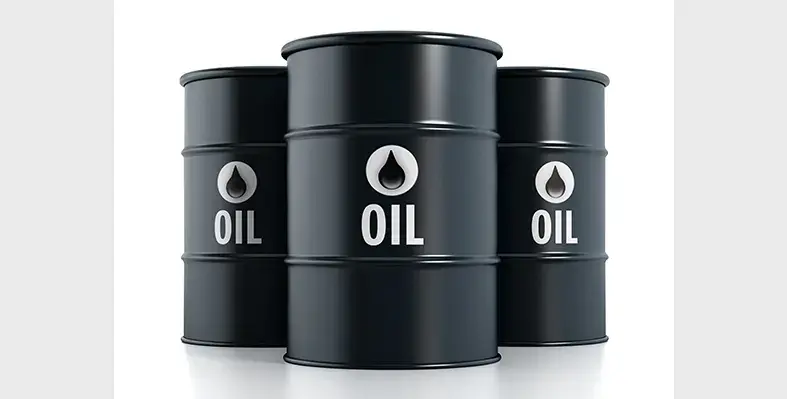Cold chain logistics is among the world’s fastest-growing industries, expected to exceed US$420bn this year.
This rapid expansion is driven by increased demand for faster delivery, product availability, and gear capable of handling extreme conditions.
Ergodyne is stepping up to meet that demand with a growing range of cold storage solutions. The worksite safety innovator has just released its warmest freezer jacket yet, along with new thermal impact gloves and merino blend socks, completing a comprehensive head-to-toe PPE system for cold storage and sub-zero work environments.
“We’ve built this collection directly with the folks who do it, day in and day out,” said Ergodyne product manager, Claudia Weber. Weber credits the swift uptake by major cold chain operators to her team’s close collaboration with end users. “I think it’s resonating because they know it was not only made for them (the workers), but with them, too.”
Ergodyne’s design process is shaped by field testing, feedback loops, and on-site observations. Small but significant design details, such as exterior sizing labels on jackets, are direct results of this approach—making gear selection faster and more efficient for workers.
Keeping PPE in good condition
“Seems like not a huge deal,” said Weber. “But to the workers sifting through the gear every day to find the right size, it is.”
Yet, as demand for cold storage PPE grows, so does uncertainty around a key issue: what temperature ratings really mean.
"There's a lot of misinformation—and even more misunderstanding—about what temperature ratings truly represent," said Ergodyne president, Greg Schrab. “We’re committed to educating our users and helping them make informed decisions based on the best information available, not assumptions.”
In response, Ergodyne has released a new guide clarifying the science behind temperature ratings, how they’re tested, what they indicate, and how factors such as physical activity and exposure time must be considered alongside the ratings themselves.
“Just like any PPE, cold storage crews need the proper information about their thermal gear to make the right choice for their application,” Schrab continued. “That’s why we’ve always been as serious about education as we are about innovation.”


